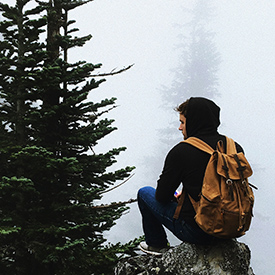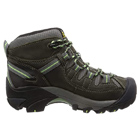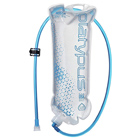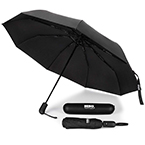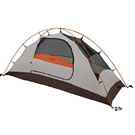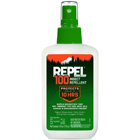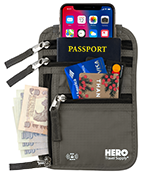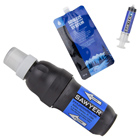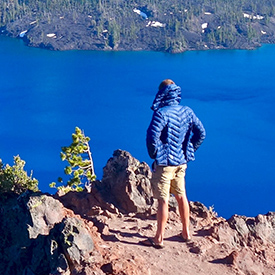SPRING – March, April, May
You’ll want to pack medium weight thermal base layers, medium weight gloves, and waterproof overgloves. This is the perfect time of year to hike southern California portions of the trail, but if you begin to head too far north you will have to battle snow. If you do venture into snowy areas, make sure to bring a snow shovel and avalanche beacon!
SUMMER – June, July, August
This is an ideal time to hike the northern portions of the PCT, from northern California to Canada! You’ll want lightweight thermal base layers, swimming shorts, a quick-dry shirt, and maybe even water shoes.
FALL – September, October, November
The end of September can bring snow in Washington, while Oregon and Northern California can see snow in October. Pack for the possibility of snow with medium weight thermal base layers, medium weight gloves, and waterproof overgloves. You’ll also want to have that snow shovel and avalanche beacon as well as any other snow gear. With that said, this is a great time to hike desert portions of the trail in California!
WINTER – December, January, February
If you’re a back-country skier, this time will be ideal for you! But if you’re mostly a hiker, you’ll want to wait for when the trail isn’t buried in snow. If you do venture out in winter months be prepared. Pack insulated boots, expedition weight thermal base layers, expedition weight gloves, and hand warmers. You’ll also need a snow shovel, avalanche beacon, snow shoes and poles, and an ice axe.




